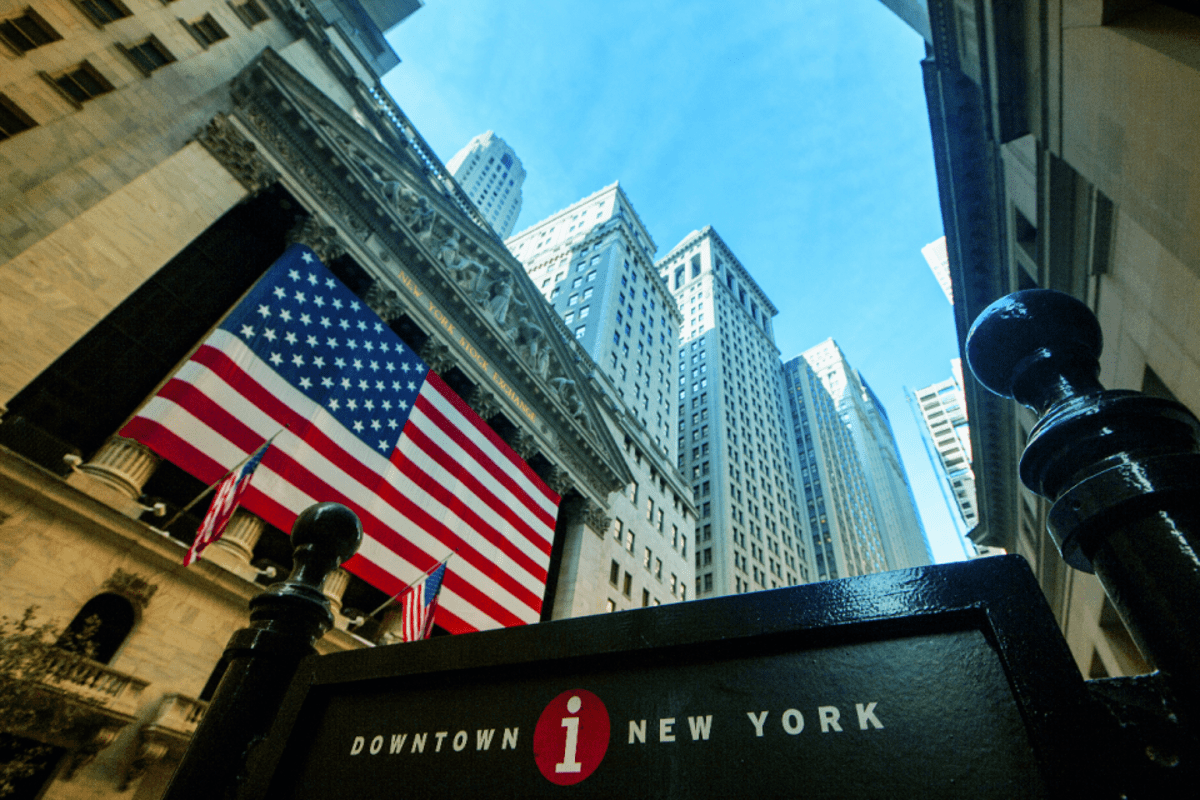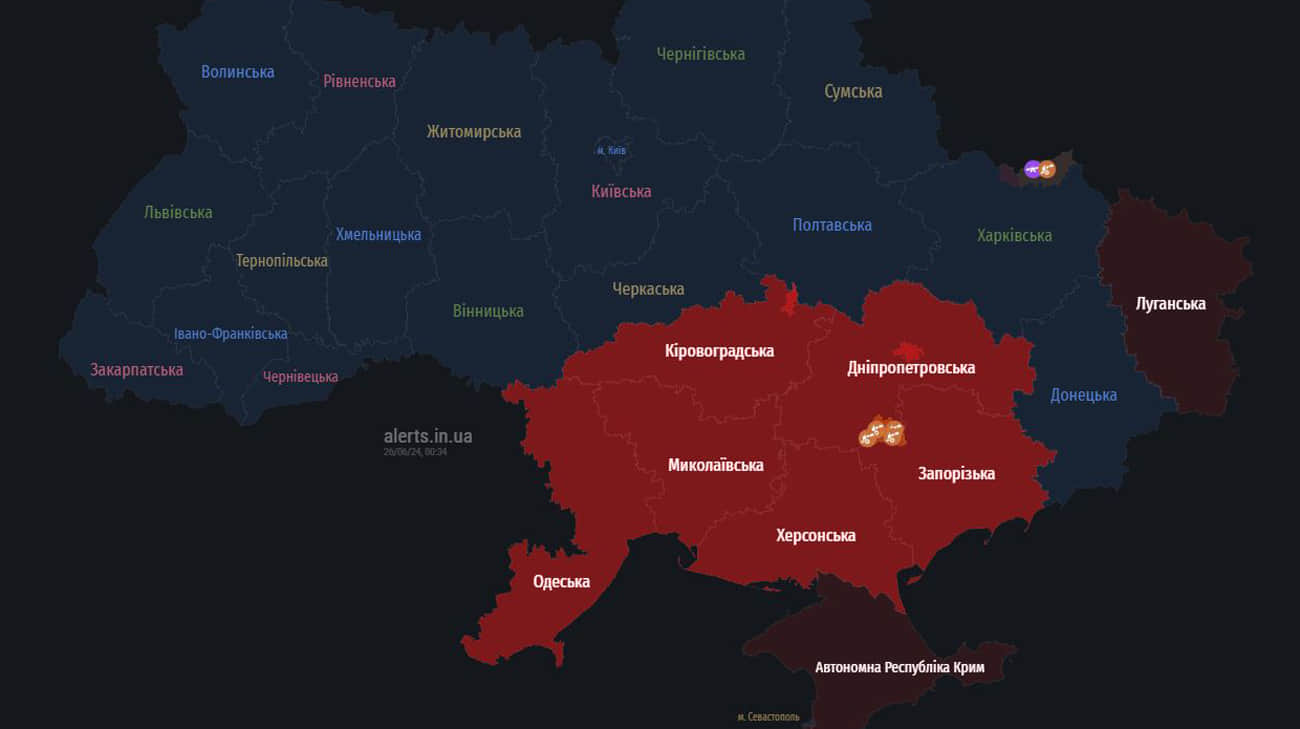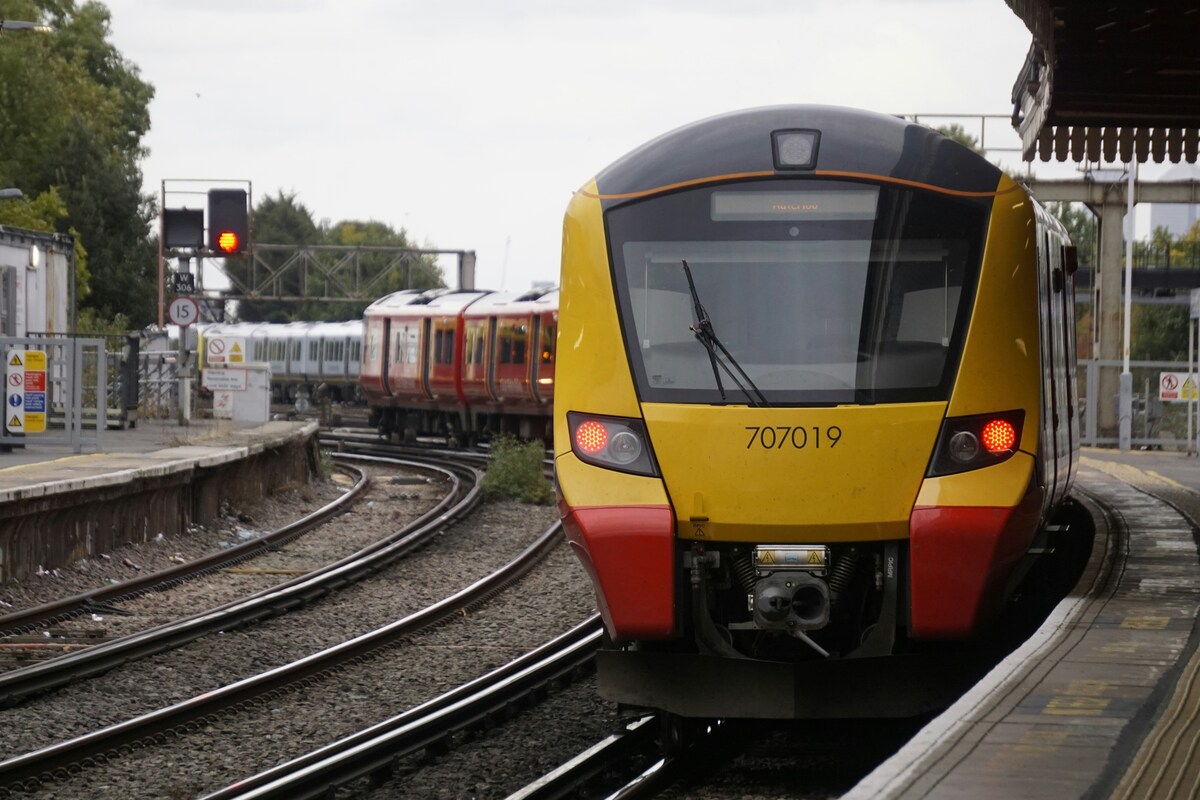US employment up after disappointment last month as interest rate cut awaits
A key indicator for the health of the US economy has come in at a disappointingly stagnant rate, as experts mull over whether it could tip the balance of a recession, or impact the recent indication of interest rate cuts. The US Bureau of Labor Statistics released in monthly figures this afternoon, showing the number [...]


A key indicator for the health of the US economy has come in at a disappointingly stagnant rate, as experts mull over whether it could tip the balance of a recession, or impact the recent indication of interest rate cuts.
The US Bureau of Labor Statistics released in monthly figures this afternoon, showing the number of people in employment went up by 142,000 in August, and the unemployment rate barely moved, moving 0.1 per cent to 4.2 per cent.
The figures showed the unemployment rate at 4.2 percent, and the number of unemployed people, at 7.1m.
This is higher than the previous year when joblessness was at 3.8 per cent and 6.3m were unemployed.
It also said that the employment growth in August was in line with average job growth in recent months but was below the average monthly gain of 202,000 over the prior 12 months.
This comes as economists and experts have been pondering whether the US economy might tip into a recession, based on weak employment figures for July.
Last month, the Federal Reserve’s chair Jerome Powell made it clear that interest rates were coming down, during comments at Jackson Hole.
The economist said: . “The time has come for policy to adjust”, as Powell confirmed that the Fed would not welcome any further downturn in the labour market and left the door open for a 50 basis point cut at the Fed’s next meeting in September.
Richard Flynn, managing director at Charles Schwab UK, said: “Today’s mixed jobs report indicates that demand for labour has increased somewhat.”
Last month’s weak jobs figures provoked real concerns of recession and while today’s report has fallen short of expectations, the growing activity it reflects should work against ideas that the economy is slowing rapidly, tempering fears of a recession.”
As for interest rates, the Fed has been pretty clear on the fact that it is time to cut rates and now “when, by how much, and to where?” are the questions that investors are asking. Some market participants have voiced expectations of a 50-basis point cut in September’s Fed meeting, but the healthy activity reflected in today’s figures may pour cold water on these hopes.”
Richard Carter, head of fixed interest research at Quilter Cheviot, said: “Today’s US jobs data is expected to determine the size and pace of the highly anticipated Federal Reserve rate cuts, and with the increase in nonfarm payrolls coming in worse than feared at 142,000, we will no doubt see increased speculation that the Fed will take decisive action with a 50bps cut on the 18th of September.
“Alongside this disappointing August figure, July’s nonfarm payrolls number was also revised down from 114,000 to just 89,000.”



